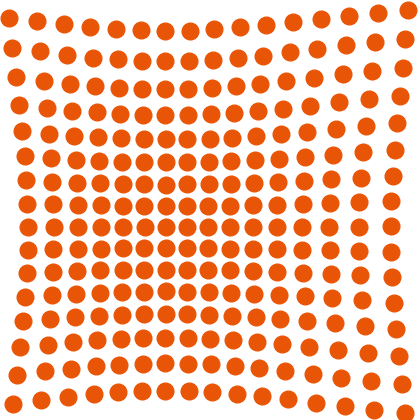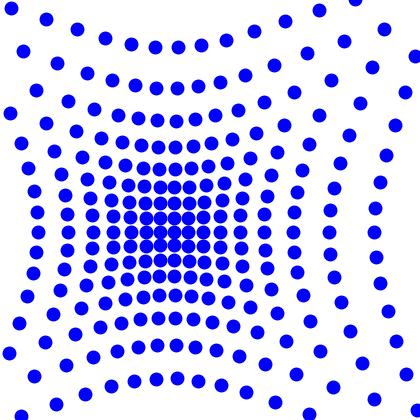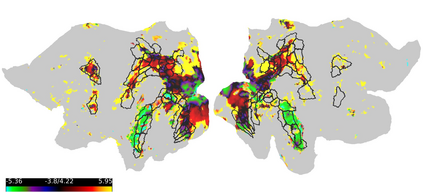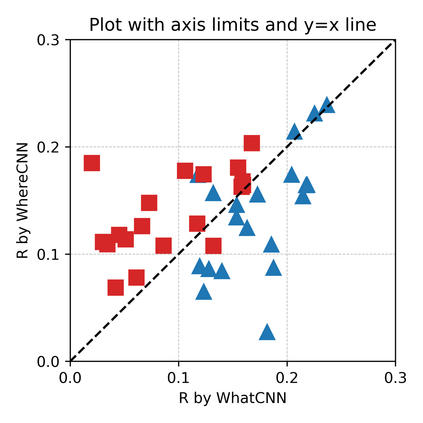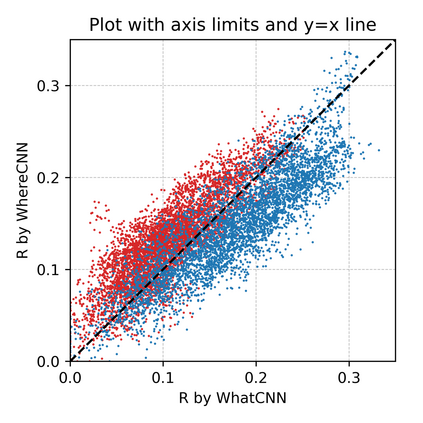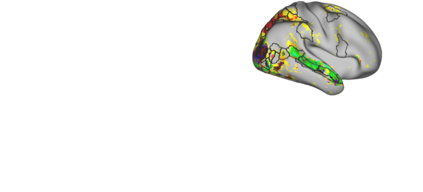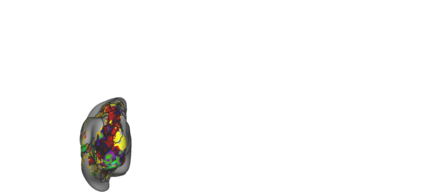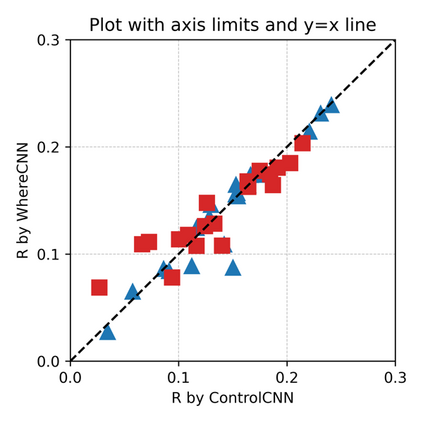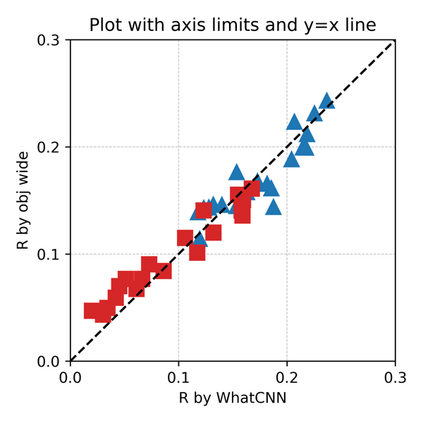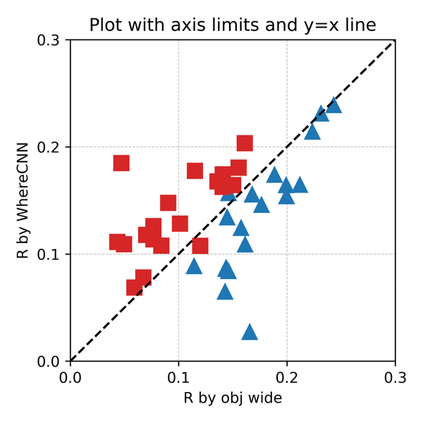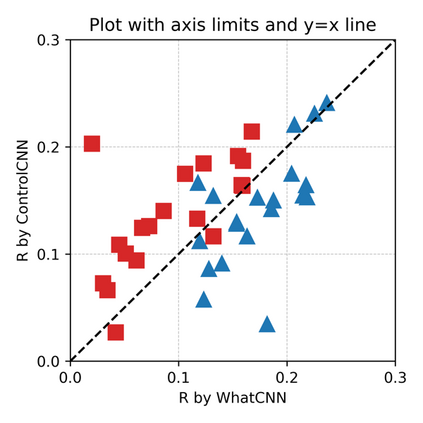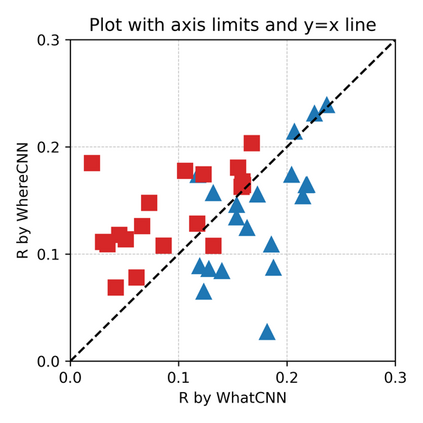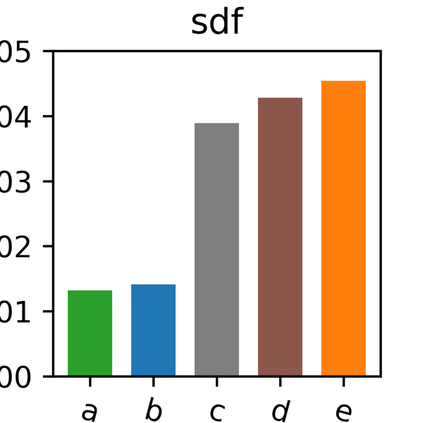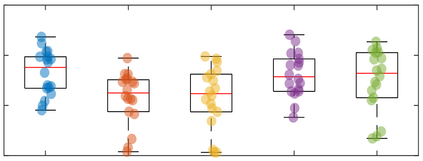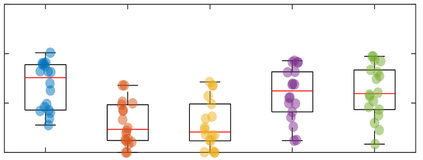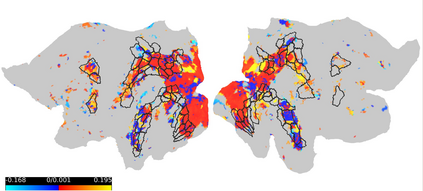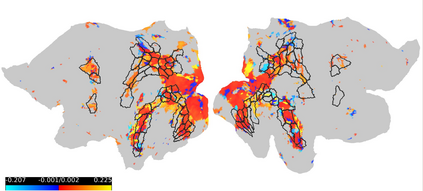The human visual system uses two parallel pathways for spatial processing and object recognition. In contrast, computer vision systems tend to use a single feedforward pathway, rendering them less robust, adaptive, or efficient than human vision. To bridge this gap, we developed a dual-stream vision model inspired by the human eyes and brain. At the input level, the model samples two complementary visual patterns to mimic how the human eyes use magnocellular and parvocellular retinal ganglion cells to separate retinal inputs to the brain. At the backend, the model processes the separate input patterns through two branches of convolutional neural networks (CNN) to mimic how the human brain uses the dorsal and ventral cortical pathways for parallel visual processing. The first branch (WhereCNN) samples a global view to learn spatial attention and control eye movements. The second branch (WhatCNN) samples a local view to represent the object around the fixation. Over time, the two branches interact recurrently to build a scene representation from moving fixations. We compared this model with the human brains processing the same movie and evaluated their functional alignment by linear transformation. The WhereCNN and WhatCNN branches were found to differentially match the dorsal and ventral pathways of the visual cortex, respectively, primarily due to their different learning objectives. These model-based results lead us to speculate that the distinct responses and representations of the ventral and dorsal streams are more influenced by their distinct goals in visual attention and object recognition than by their specific bias or selectivity in retinal inputs. This dual-stream model takes a further step in brain-inspired computer vision, enabling parallel neural networks to actively explore and understand the visual surroundings.
翻译:暂无翻译





